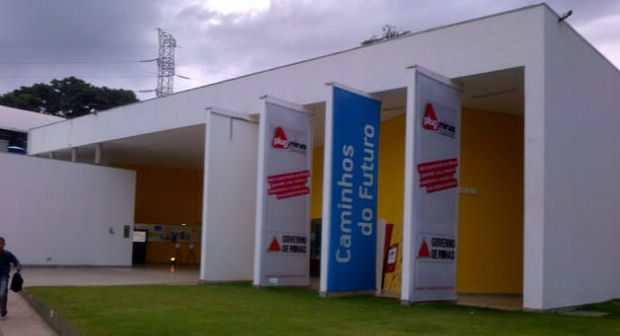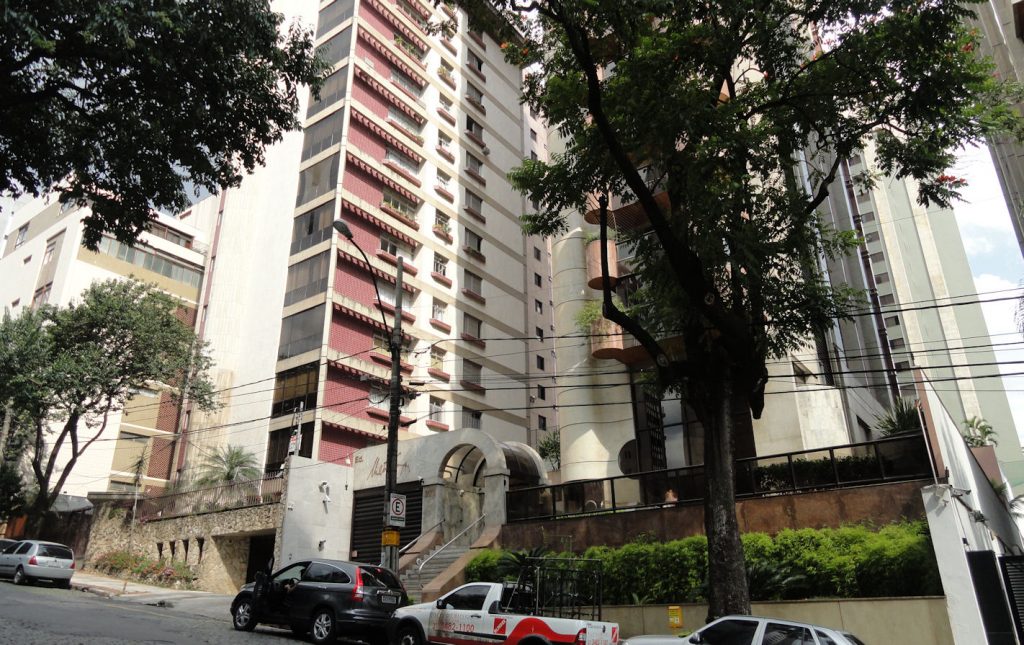
Belo Horizonte is a very pleasant city. The airport is way out of town, so you get a good look at the Minas Gerais countryside during the hour of so you are coming into the city. It is hilly and green.

The city itself is developed and prosperous. “The Economist” ran articles this week about Minas Gerais. You can read them here and here. There are great universities and an ambitious population. It seems a nice place to live.
My first appointment was at PLUG Minas. This is a kind of training center and after school program for what I suppose we might call at-risk youth. The youth seemed pretty happy and they were very polite. They have music and arts programs, financed by the state government plus an English language program, which is what interests me the most.

Demand is high. They have only sixty places and they get forty-four applicants for each place. Classes are big, with thirty students in each, but they get good results. The teachers told me that this is surprising to them and goes against much of what they thought about class size. We speculated about why this might be. Perhaps the technology is helping. Lots of computer and online programs are available. These can take the place of drilling that used to require the active participation of teachers. But I also think it is partly due to the selection process.

When you have lots of applicants for a few positions, you can get the people who are smart and motivated. It also helps that they know about the selectivity. It makes them value the experience more and creates confidence. We few, we happy few – it is encouraging to be part of a select group. Of course, it does highlight the trade-offs that we have to make between excellence and inclusion and makes me wonder about scalability.
I have seen some very successful programs and some with retention rates so low that they are not worth supporting. Our English Access program is a good example of something that works and so is what they have at PLUG. There are lots of factors, but to paraphrase Tolstoy, every good program is the same but every bad one is bad in its own way. What is true about every good program is that the participants want to be there and they have the appropriate skills to do the work. This is perhaps not sufficient for success but it is necessary. This is a simple truth, but unpleasant. It sets limits. If you spread any program far enough to include too many of the less motivated and the less apt, you fail.
My pictures are from around Belo. You can see it is a green and nice place.
